

The Trials and Travails of Pursuing the Pink Panther
By Scott Stilphen
This game was based on the 1982 movie of the same name, which involved the Pink Panther diamond being stolen again from Lugash and Chief Inspector Clouseau being assigned to the case to recover it. The game was originally programmed by James Wickstead Design Associates for U.S. Games and early working titles were Pink Panther (in their internal literature) and Trail of the Pink Panther (as mentioned in magazines). According to issue V1, N13 of the "Arcade Express" newsletter, U.S. Games signed an agreement to develop expanded memory games using the Pink Panther and his arch-rival, Inspector Clouseau, and that "Trail" would be introduced in Spring 1983. The May 1983 issue of Video Games magazine mentions it was part of their Family Fun series and was to be the 1st to use a new "RAM/ROM" chip being developed, which added 8K of ROM and 2K of RAM. The game also used a new programming technique called “overlays” and it was planned for release in time to capitalize on the release of the next Pink Panther film, "Curse of the Pink Panther". Unfortunately, the movie wasn't the only thing that was cursed - in March of 1983, the company filed for bankruptcy, and the company ceased operations the following month.
Enter NAP. The Odyssey guys planned to bring games to the VCS/2600 (under the Probe 2000 label) and bought the game from U.S. Games, as reported in the October 1983 issue of Video Games magazine. It was announced in NAP’s summer 1983 CES literature as The Pink Panther, Pink Panther: The Video Game, and Adventures of the Pink Panther before NAP's marketing finally settled on Pursuit of the Pink Panther (as shown in the November 1983 issue of Videogaming Illustrated; an Atari 8-bit version also exists with the same name). The scheduled release date was September 1983. A screenshot was shown in the January 1984 issue of Electronic Fun w/ Computers and Games magazine (page 10) and mentioned NAP permanently cancelled it (along with Lord of the Dungeon and Power Lords) due to problems with the RAM chips used in the carts. However, according to an interview with Bob Harris in the Spring 2001 issue of Classic Gamer magazine, NAP hired a company to fabricate the custom RAM/ROM chip that U.S. Games had developed for Pink Panther, but unfortunately, the new chips failed and the Probe 2000 division was shut down as a result.
Description: "Players control the Pink Panther as he sneakily makes his way through several screens, attempting to outwit the Inspector. For his final challenge, he must dangle from a swinging rope, steal the famous Pink Panther diamond and escape unnoticed." The Pink Panther is the property of and was licensed by MGM-UA Home Entertainment Group, Inc.
At least 8 prototypes are known to exist:
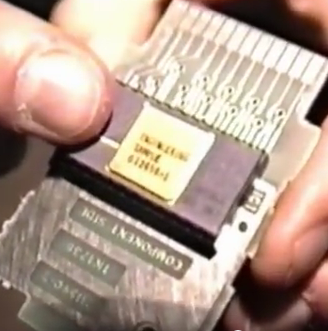
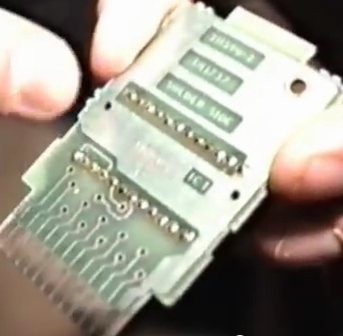
Steve Averitt found the 1st copy in an unlabeled Probe 2000 cart shell at a thrift store in Sept/Oct 1994, and paid $1.50 for it!
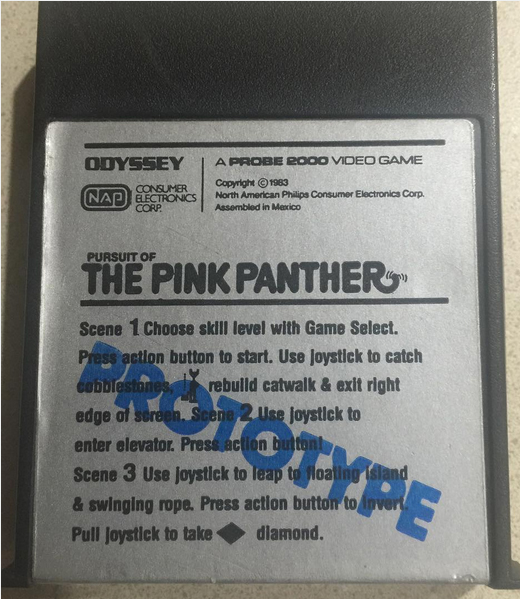
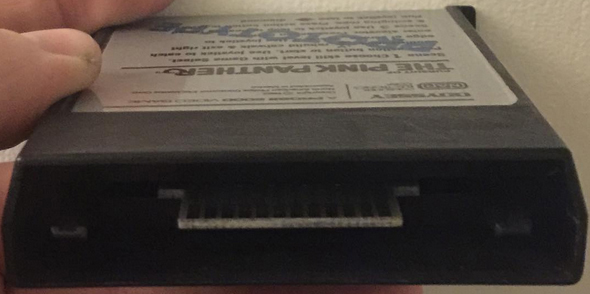
In July 2006, some unnamed person sent Albert Yarusso of Atariage photos of a labeled prototype cart (LINK), but they never showed the photo to anyone else, so it's unconfirmed. The owner, "Lockepsb", eventually resurfaced in 2016 (LINK) and this time had photos of it. The cart shell used is a Colecovision style one, but the pcb is definitely for the VCS.
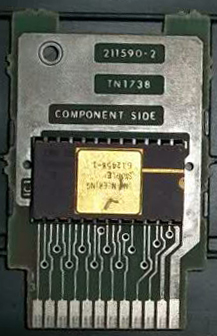
The 3rd, which had a hand-written label, was listed on eBay 2 months later (more photos below). The seller, Magnavox collector Jim "murpho" Murphy of Cumming, GA, started the auction with an opening bid of 1,500, and actually had a bid of over $2k on it, but cancelled it. Not long afterwards, the seller relisted it, this time with an opening bid of 3,500! The same bidder (purportedly Jose "wonder007" Artiles) won with a bid of $4,750. According to a forum post Artiles made, Murphy backed out of the deal, but according to Murphy, "I was asked by the buyer to keep the sale confidential" (Ebay email).
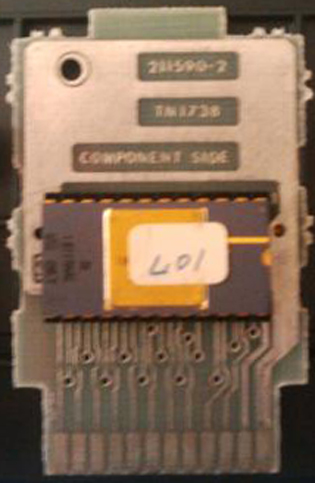
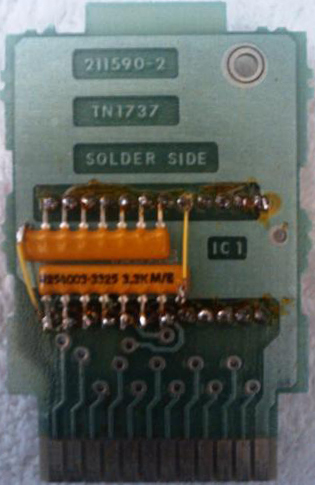
A 4th copy was sold via Game Gavel in 2011 for $975. One ad description states the game has 5 screens, but it's believed all the existing copies are the same and they only show 4.
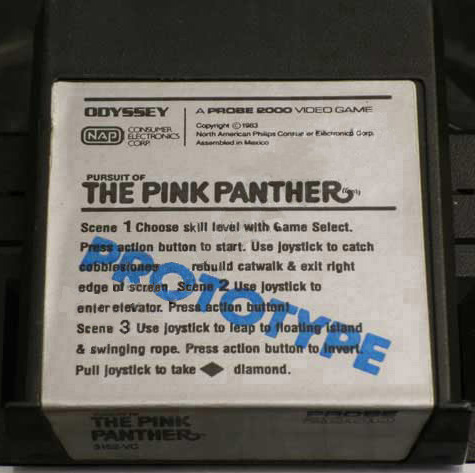
A 5th copy, complete with a label, surfaced around the same time the Game Gavel prototype was sold (LINK).
A 6th copy was listed on eBay in February 2016 by the same Magnavox collector who listed one in 2006 (more photos below). He states he owned 2 (and only 2) copies and both had the same, similar labels on them when he acquired them. It sold for an offer below $2,500.
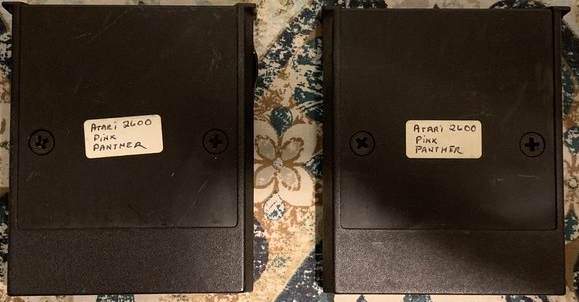
In July 2019 2 more copies surfaced. These were eventually acquired by Ken Van Mersbergen, who announced plans to dump the EPROMs and make the game available.
Former industry pariah Ken Love make several outrageous claims about the game over the years. In December 2002 he claimed to have a copy of this and other unreleased games running on an early XBOX but wouldn't release copies of them until others first released what they had (yep, it sounds like what it was - his attempt to blackmail others). When I asked him to explain why he was doing this, another shady character, Roman "cpuwhiz" Sharnberg, jumped in to try and spin my question into something else. In April 2004 he asked if everyone knew who the developer of PP was, and the NEXT day stated he knows who the developer is, who has a copy of the game and that it’s only 75% complete. In September 2004, he claimed CBS developed the game and that one of the developers had a copy of it, and that maybe "one day" he'll ask him to take a look at it.
In 2010, at least 50 boxed and numbered copies were made (using a Melody pcb - the same board used exclusively by Albert Yarusso/Atariage) and sold by Roman Sharnberg (with help from Albert Yarusso and Fred Quimby) to a select few, for $85 each - one of which was auctioned off at the 2012 Classic Gaming Expo; he also sells loose carts for $65 each. Although Sharnberg claims both he and Jose Artiles had nothing to with the reproduction carts beyond designing the labels, both have a history of selling reproduction carts of other unreleased prototype games w/o legal permission to do so (Shamberg in particular sold copies of rare, released games like Texas Chainsaw Massacre and Halloween), but a year later, he admitted to assembling the carts as well. I also know at least 2 people who ordered their copies direct from Sharnberg, so it's obvious Shamberg was selling the carts on Artiles' behalf.
In 2017 someone on Atariage by the name "Atari4you" stated he would sell 20 copies at $50 each; he didn't post again until 2019, a week after Jose Artiles announced his plans to sell copies of his 2 latest prototypes. The price of "Atari4you"'s carts was now $75, and all were sold, and surprise surprise - they used the exact same label as Sharnberg's. Btw, "Atari4you" is the same person who sold copies of Red Sea Crossing back in 2012. Both Artiles, Sharnberg, and Yarusso mention they've had plenty of dealings with him, so if you're wondering who was involved in making these latest copies, there's your answer.
As for why the code hasn't been released to the community, the excuse given is because it requires special hardware, which is why the limited releases used the Melody board (see photos below). But... a Melody board is basically a Harmony board w/o the USB + SD interface board, and Harmony carts are readily available, plus those within Atariage who have the BIN file confirm it works with the Stella emulator (screenshots from which were posted on another site), so Stella maintainer Stephen Anthony is involved as well. As you can see, the excuse it hasn't been released "because nobody can play it" is completely without merit. The only reason it's being withheld from the community is a purely selfish one. The investment for those involved with the limited release has been made back (with nearly $6k in sales from the carts), and the old excuse of not wanting to release the ROM for risk of devaluing the prototype has always been an unfounded fear for a few collectors. At this point, it appears we might need Inspector Clouseau to steal the game back for the rest of us to enjoy.
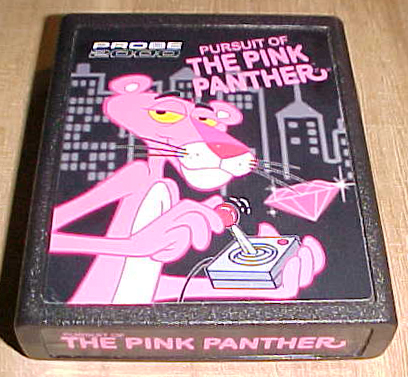


UPDATE: On October 11th, 2019, Ken Van Mersbergen made good on his promise to release a copy of the game (BIN and LINK)! And whadaya know, it works just fine in the Stella emulator (be sure to use at least v4.5)! Turns out, compatibility was added to Stella in 2015 but went unnoticed by most everyone (PHOTO and LINK). On October 19th, 2019, Fred Quimby released a Harmony-compatible version of the game, which was the same version that was used for the reproduction carts. A source told me Quimby dumped Artiles prototype in 2010, but Artiles asked him not to release the code. Once Van Mersbergen released his copy, Quimby was able to release his. Quimby was also responsible for having compatibility in Stella for the game. So, thanks to Quimby for his earlier efforts, and for Ken for publicly releasing his copy first and allowing everyone else to finally enjoy this long-lost cat!
2016 AUCTION PHOTOS
For more information, check out this article by William Cassidy.
Steve Averitt also wrote a review of the game.